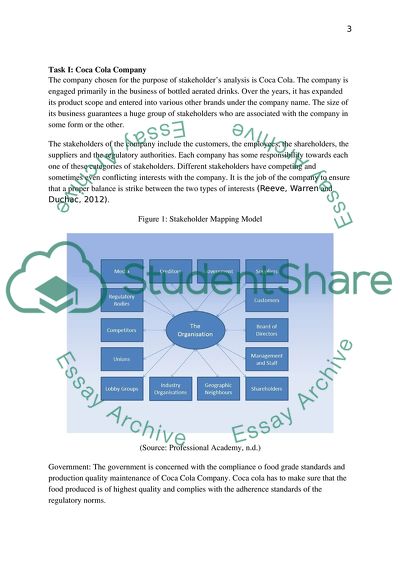Cite this document
(“Managing Financial Resource and Performance Assignment”, n.d.)
Managing Financial Resource and Performance Assignment. Retrieved from https://studentshare.org/finance-accounting/1651992-managing-financial-resource-and-performance
Managing Financial Resource and Performance Assignment. Retrieved from https://studentshare.org/finance-accounting/1651992-managing-financial-resource-and-performance
(Managing Financial Resource and Performance Assignment)
Managing Financial Resource and Performance Assignment. https://studentshare.org/finance-accounting/1651992-managing-financial-resource-and-performance.
Managing Financial Resource and Performance Assignment. https://studentshare.org/finance-accounting/1651992-managing-financial-resource-and-performance.
“Managing Financial Resource and Performance Assignment”, n.d. https://studentshare.org/finance-accounting/1651992-managing-financial-resource-and-performance.


